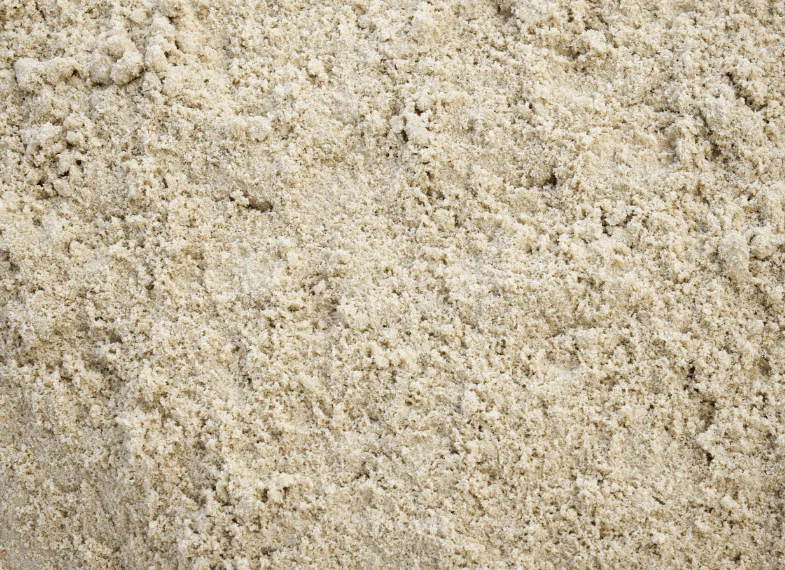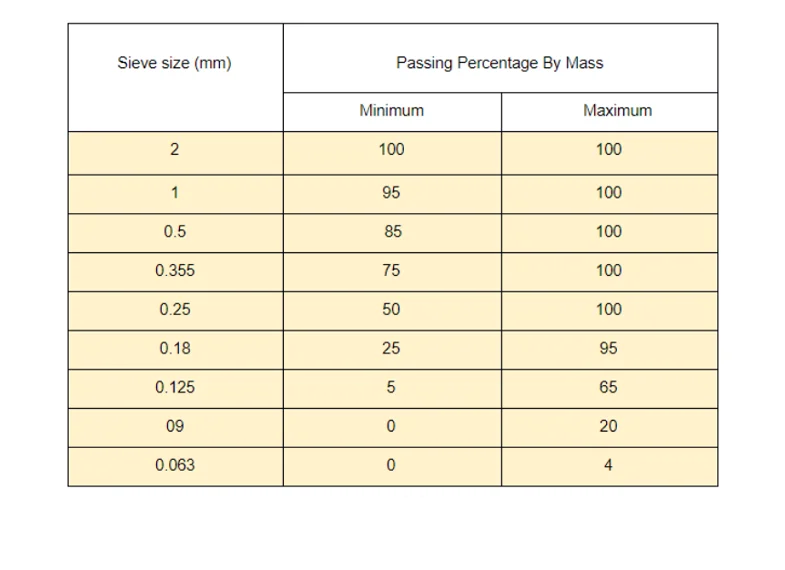What Makes a Sand Suitable For Equestrian Use?
A sand’s primary purpose is to provide the horse with a firm footing that offers adequate traction and support.
If the surface is too soft, it can ride deep and put unnecessary strain on the horse’s legs. When too hard, it fails to provide enough cushion and increases the risk of impact-related injuries.
There is no official specification or standard for sand used in equestrian surfaces. However, there are key characteristics that we can use to determine suitability.

Request a Quote
Are you looking for a new silica sand surface? Why not request a free, no-obligation quote? Complete our quick contact form or give us a call in the office on 0800 044 8101.
Key Characteristics
The following characteristics can help us to determine whether or not a type of sand is suitable for use in equestrian surfacing:
1. Chemical Composition
High-purity silica sand is durable, meaning the individual grains are less susceptible to breaking down through use, which will help the surface to remain consistent.
2. Particle Shape
Sands classified as sub-angular have grains that compact well and provide a firm riding surface. Additionally, highly angular grains are more likely to fracture under impact.
3. Particle Size
Fine sand is best as small-sized grains aid moisture retention and good drainage.
4. Particle Distribution
Various grain sizes help the sand compact as smaller particles fill the voids between larger ones.
5. Clay & Silt Content
A high clay and silt content can prevent the surface from draining as it should. In waxed surfaces, it can also stop the sand from being sufficiently coated.


